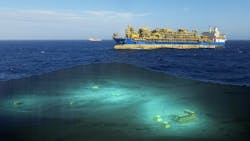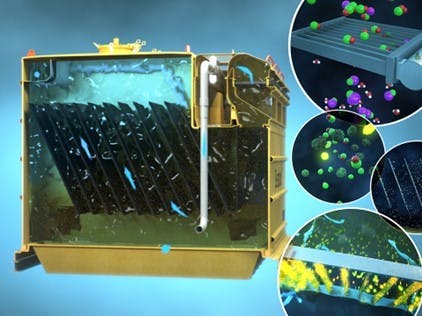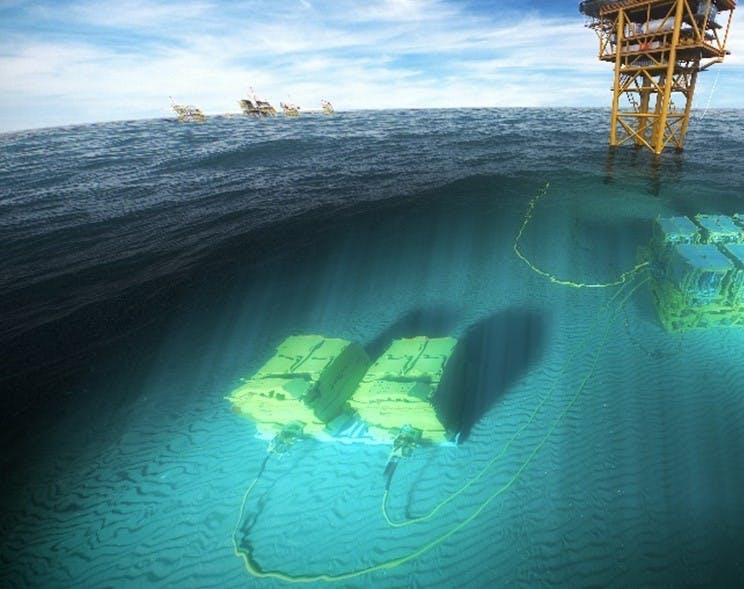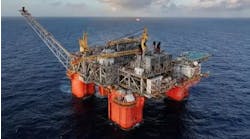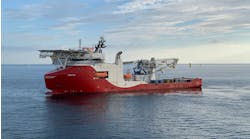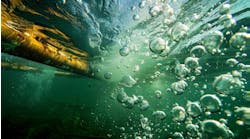By Torbjørn Hegdal, NOV
Water injection is a common technique for maintaining reservoir pressure and optimizing oil recovery. However, traditional topside water treatment systems come with inherent limitations. Congested production platform and FPSO vessel topsides make modifications and maintenance expensive and time-consuming, while the weight and space constraints restrict operational flexibility and elevate health, safety and environmental risks.
Moving water treatment and injection processes from the topsides to the seabed offers several advantages. This approach provides operators with increased flexibility in reservoir management, reduces offshore infrastructure complexity and enables more precise water injection strategies for existing and new developments.
By simplifying infrastructure, the technology facilitates longer tiebacks and step-outs, and it allows for tailored water chemistry adaptation to specific reservoir conditions, while reducing energy consumption, chemical usage and emissions.
The quality of water injected into a reservoir impacts the oil recovery and water produced together with the oil and gas. Improperly treated water causes serious operational issues including reservoir souring, hydrogen sulfide generation and potential precipitation of solids. Effective treatment requires thorough disinfection, solids removal and precise chemistry management of the raw seawater to ensure compatibility between the injection water and the formation water.
Modular subsea water treatment module
Emerging subsea water treatment and injection technologies demonstrate the ability for enhanced offshore reservoir management. NOV’s Seabox, qualified for water depths up to 3,000 m (9,842 ft), is designed to provide reservoir engineers increased operational flexibility. Its modular and reusable design enable more adaptable water injection strategies with reduced infrastructure modification requirements.
The all-electric system generates the required treatment chemicals through electrolysis, eliminating chemical waste. With no space and weight constraints on the seabed, the subsea environment enables longer treatment times, including a chlorine soak that lasts more than an hour, which produces higher quality water. This approach ensures clean water enters the membranes, enabling long-term, maintenance-free membrane operations. High uptime is crucial for subsea installations, where intervention costs are relatively expensive.
Field deployments
Two Seabox modules have been deployed subsea for more than three years combined operation, including one for a supermajor in the Norwegian North Sea. Field operations have validated the system’s water treatment capabilities, demonstrating effective solids removal and disinfection. Meanwhile, a full-scale prototype subsea water treatment plant has effectively operated for nearly two years, successfully removing sulfate and reducing salinity.
Current engineering studies are exploring deepwater applications in Brazil and the Gulf of Mexico. These studies aim to complement existing topside sulfate removal systems and injection capacities of existing FPSOs, with the potential for supporting long-distance tiebacks.
Future integration
The integration of subsea water treatment and injection with floating wind turbines for power generation provides the opportunity to create a standalone solution with a minimal carbon and chemical footprint. An intermittent and varying wind power supply could align well with water injection processes, opening new frontiers in offshore energy production.
Conclusion
Subsea seawater treatment for injection marks a significant shift in offshore production operations. By moving critical processes from the topsides to the seabed, operators can achieve greater flexibility, safety, efficiency and environmental performance.
As subsea technologies continue to advance and gain acceptance in the industry, they will play a major role in optimizing oil and gas recovery while minimizing operational complexities and environmental impact.
